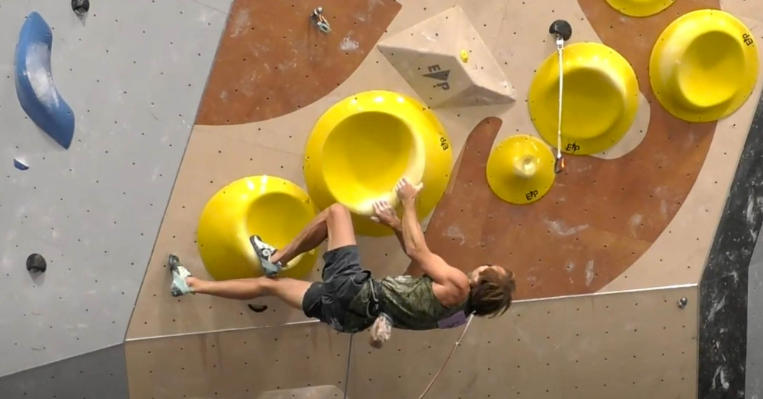Competitive Rock Climbing: A Rising Sport
As outdoor activities gain popularity, competitive rock climbing has emerged as one of the most thrilling and demanding sports. With its blend of physical endurance, mental strategy, and problem-solving, this sport not only challenges athletes but also provides an engaging spectator experience. Whether you’re a seasoned climber or just curious, understanding the nuances of competitive rock climbing can deepen your appreciation and inspire you to get involved.
Training for Success
Training in competitive rock climbing is multifaceted, encompassing physical strength, endurance, and technical skills. Climbers spend hours on the wall or in climbing gyms, working on various routes called “problems,” each presenting unique challenges in terms of grip, angle, and height. Conditioning exercises, including weight training and flexibility workouts, are essential to building the muscle strength needed for powerful moves and sustained climbs. Additionally, mental training plays a vital role; climbers learn to visualize their routes, overcome mental blocks, and develop focus amidst challenging climbs. This well-rounded approach to training not only prepares athletes for competition but also ensures they remain safe and injury-free.
Types of Competitions
Competitive rock climbing encompasses three primary disciplines: bouldering, lead climbing, and speed climbing. In bouldering competitions, climbers tackle shorter routes with challenging moves without harnesses, making technique and problem-solving crucial. Lead climbing, on the other hand, involves ascending taller walls while clipping into protection gear, testing endurance and strategic climbing. Speed climbing is a race against the clock, where athletes aim to scale a standardized route as quickly as possible. Each discipline showcases different climbing skills and appeals to a wide variety of climbers, contributing to the sport’s growing popularity. Understanding these different competition formats can help enthusiasts decide which area they would like to explore or improve upon.
The Community & Culture
The competitive rock climbing scene has fostered a vibrant and inclusive community. Climbers often find camaraderie in local gyms, competitions, and outdoor climbing areas, forming connections that extend beyond the sport. Events are typically accompanied by a festival atmosphere, with vendors, food, and activities for spectators, creating a welcoming environment for both competitors and fans. Moreover, as the sport has gained Olympic recognition, it continues to attract new participants and audiences, making it a dynamic field that is evolving rapidly. Engaging with this community provides opportunities not only for skill development but also for making lasting friendships and discovering new climbing locations.
In Conclusion
Competitive rock climbing is an exhilarating sport that combines physicality, strategy, and a supportive community. Whether you’re drawn to its athletic challenges, the thrill of competition, or the vibrant culture surrounding it, there is something for everyone. If you’re interested in taking your first steps into this exciting world, find a local climbing gym, join a class, or attend a competition to soak in the atmosphere. The vertical world of climbing awaits you—so why not take the leap?
